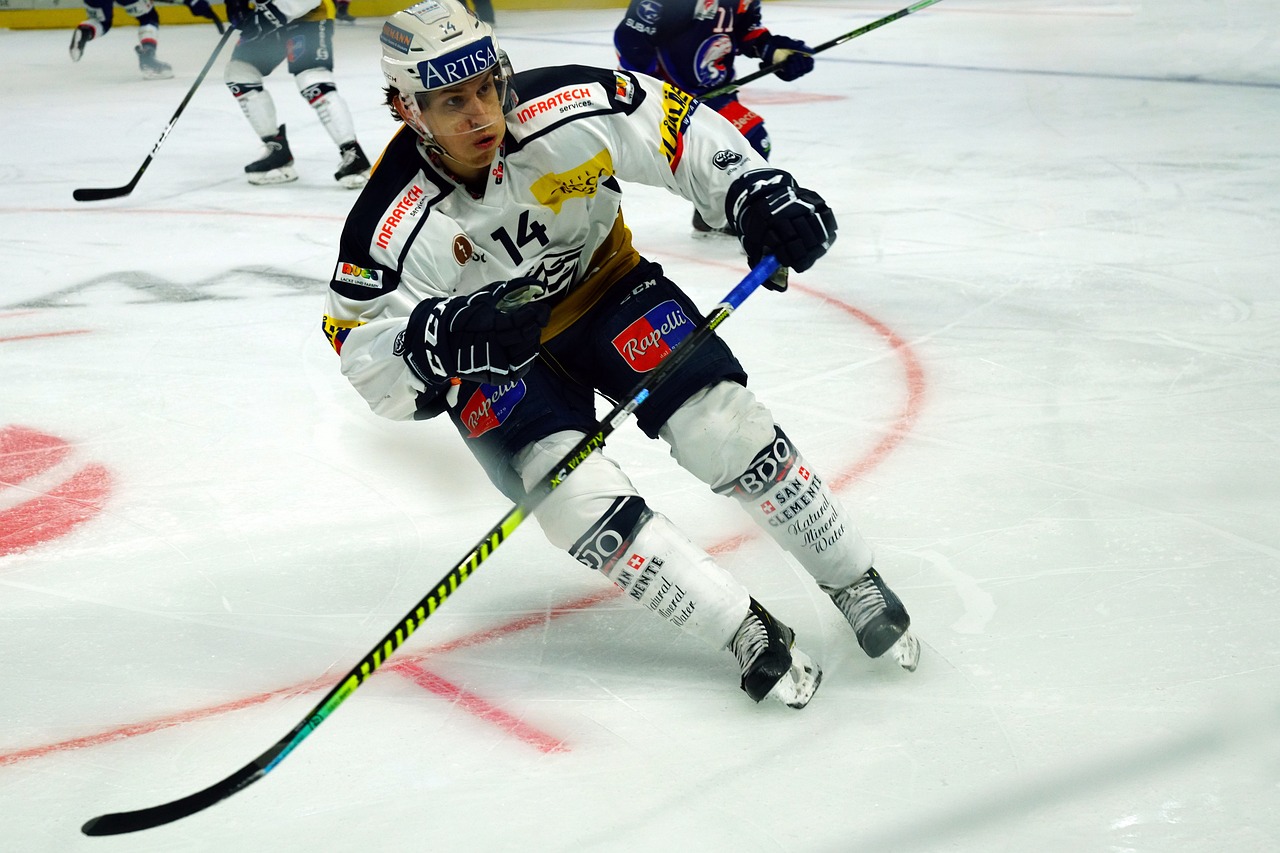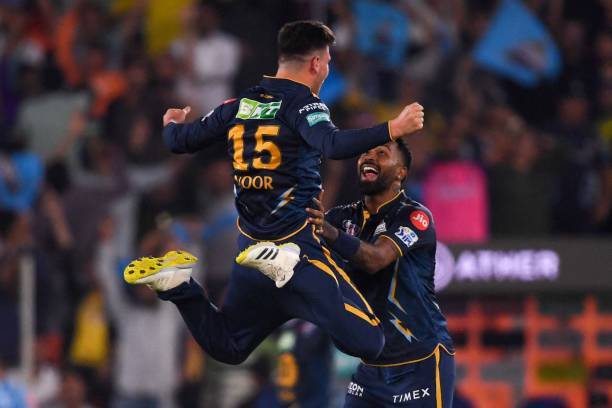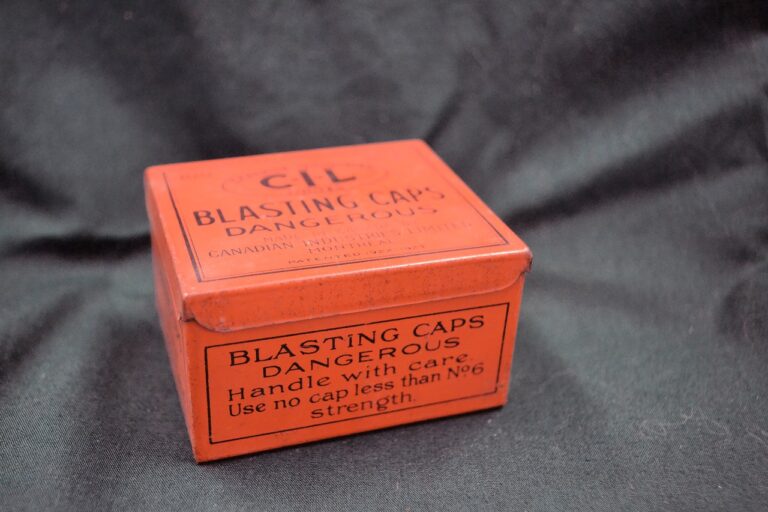The Role of Cricket in Indigenous Cultural Healing Practices
Cricbet99, Allpaanel: Indigenous healing practices often incorporate traditional games as a means to promote physical, emotional, and spiritual well-being. These games are deeply rooted in cultural traditions and hold significant importance within Indigenous communities. Through engaging in these activities, individuals are able to strengthen bonds with their community, ancestors, and the natural world.
Traditional games not only serve as a form of entertainment but also play a crucial role in passing down cultural knowledge and teachings from one generation to the next. The skills and values learned through these games are essential in shaping the identity and resilience of Indigenous peoples. Additionally, the act of participating in traditional games can bring a sense of joy, pride, and connection that contributes to overall healing and well-being.
• Traditional games promote physical, emotional, and spiritual well-being within Indigenous communities
• These games strengthen bonds with community, ancestors, and the natural world
• Passing down cultural knowledge and teachings from one generation to the next is a crucial role of traditional games
• Skills and values learned through these games shape the identity and resilience of Indigenous peoples
• Participating in traditional games can bring joy, pride, and connection that contributes to overall healing and well-being.
The History of Cricket within Indigenous Communities
Cricket has a rich history within Indigenous communities, dating back to the early interactions with colonial powers. Introduced by European settlers, the sport quickly gained popularity among Indigenous peoples across various regions. Initially used as a means of cultural exchange, cricket soon became deeply embedded in the social fabric of these communities.
As the sport continued to evolve, Indigenous players began to form their own teams and leagues, showcasing their unique skills and strategies on the cricket field. Through the game of cricket, Indigenous communities found a platform to express their cultural identity and foster a sense of unity and pride. Today, cricket remains an important part of Indigenous history, serving as a symbol of resilience and strength in the face of adversity.
The Connection Between Sports and Cultural Healing
Sports have long held a special place within Indigenous communities, not just as a form of physical activity but as a means of preserving and celebrating cultural traditions. These activities often embody deeper meanings and traditions that connect individuals to their heritage, providing a source of pride and identity. By participating in these sports, individuals can experience a sense of belonging and connection to their ancestors, helping to foster a sense of cultural healing and continuity.
Furthermore, sports serve as a powerful tool for promoting resilience and well-being among Indigenous peoples. Through the shared experiences of playing traditional games or engaging in culturally significant sports, individuals can develop a stronger sense of community and support network. This sense of camaraderie and unity can be instrumental in promoting mental, emotional, and spiritual healing within Indigenous communities, helping individuals to overcome historical traumas and challenges.
How can traditional games help in cultural healing for indigenous communities?
Traditional games hold significant cultural value and can help in reconnecting indigenous communities with their heritage, promoting healing and a sense of identity.
Why is the history of cricket important within indigenous communities?
The history of cricket within indigenous communities showcases resilience, cultural adaptation, and the power of sports in bridging cultural gaps and promoting healing.
How does sports play a role in cultural healing?
Sports can act as a powerful tool for cultural healing by promoting unity, fostering a sense of community pride, and providing a platform for cultural expression and celebration.







